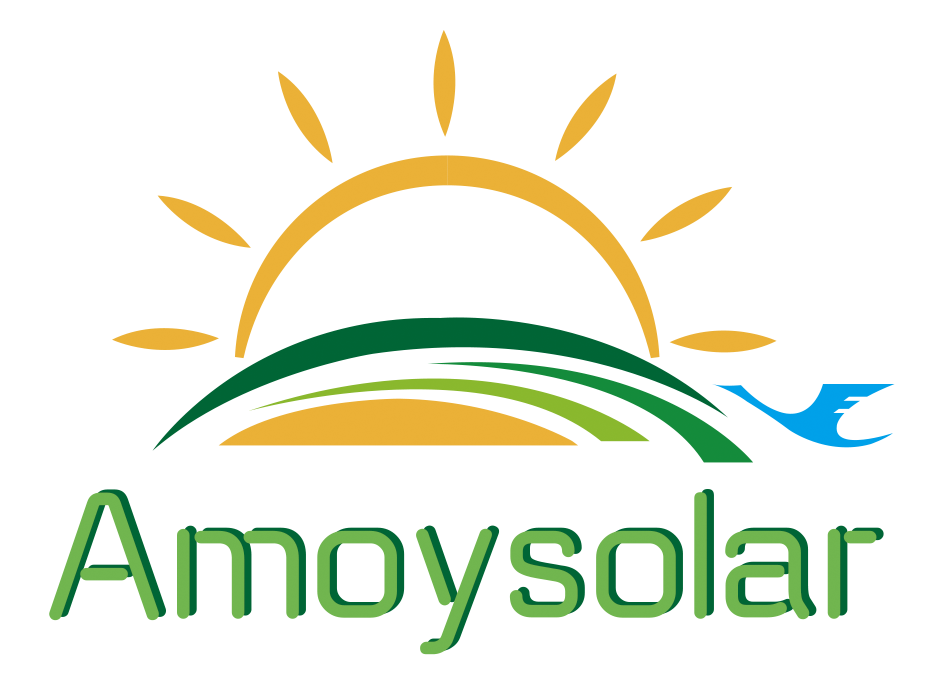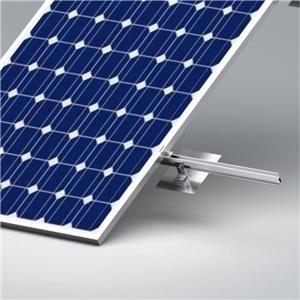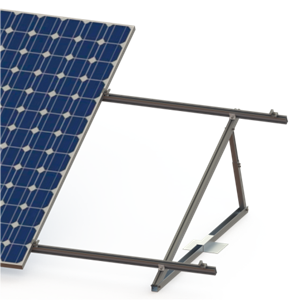Summer solstice: Solar a ‘serious’ electricity player as power share soars to 20%
By Euronews Green
Published on 21/06/2024 - 7:00 GMT+2
Spain is leading the European pack on solar generation this June.
Sun-worshippers have another reason to celebrate today, as solar power is set to peak at a fifth of the world’s electricity for an hour.
Analysing midday highs on 21 June, clean energy think tank Ember says the renewable will make up 20 per cent of the global power mix, up from 16 per cent last year.
Global solar generation typically performs best in June due to longer summer days in the northern hemisphere, where around 89 per cent of the world’s solar panels are installed.

“Battery costs have collapsed, meaning solar power is already being used in the evening, not just in the daytime. Solar power is the fastest growing source of electricity and will undoubtedly rise to become the biggest source of electricity, and ultimately of energy.”
The summer solstice - the point at which the Earth’s northern pole is at its maximum tilt from the sun - typically arrives on 20 or 21 June. This year that moment came just before 11pm CEST on Thursday - the earliest solstice since 1976.
Spain set to hit summer record for solar power
For June as a whole, Ember expects the share of solar in total electricity generation to reach 8.2 per cent, up from 6.7 per cent in June 2023.
The EU will outperform that global average by more than double, the experts predict, reaching 20 per cent this month.
And one European country is set to shine particularly bright. Spain has one of the highest solar shares in the world, and its June 2024 average is on track to hit 30 per cent.
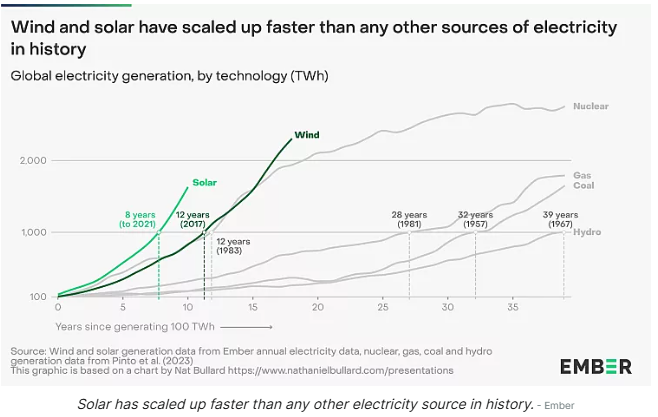
While countries can generate a huge amount of solar, it’s not always such a big proportion of their national electricity mix.
China is producing the lion’s share of global solar at 36 per cent of generation last year, but the renewable only made up 6.2 per cent of its power mix.
Which European countries are doing the most with their solar resources?
Not all European countries are equally blessed by sunshine, of course.
‘Insolation’ refers to the amount of solar radiation reaching a given area, and is important context for how countries are using their potential.
Spain, Greece and Australia are doing well on this front, as this graph from Ember shows.
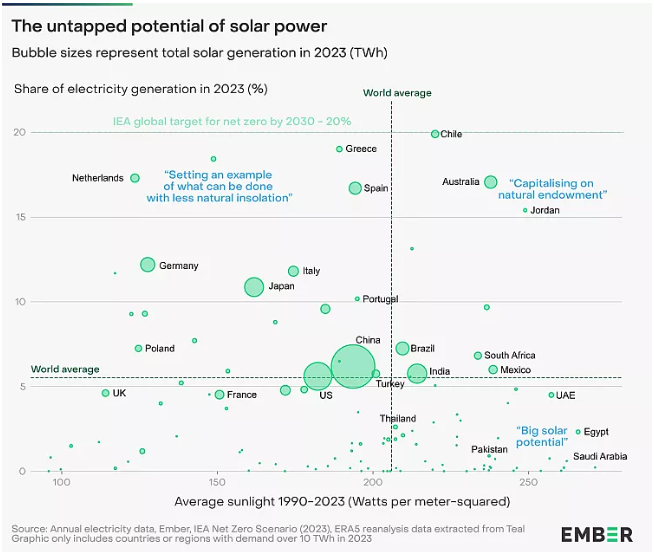
But 66 per cent of countries still generate less than five per cent of their electricity from solar, including many with ‘insolation’ above the global average. The UAE, Egypt and Saudi Arabia, for example, have plenty more solar potential.
At the other end of the spectrum, less sunny countries like the Netherlands and Germany are punching above their weight - with 17 per cent and 12 per cent solar in their power mixes respectively.
This highlights the leading role solar can play in meeting peoples’ electricity needs regardless of “natural endowments,” as Ember puts it.
